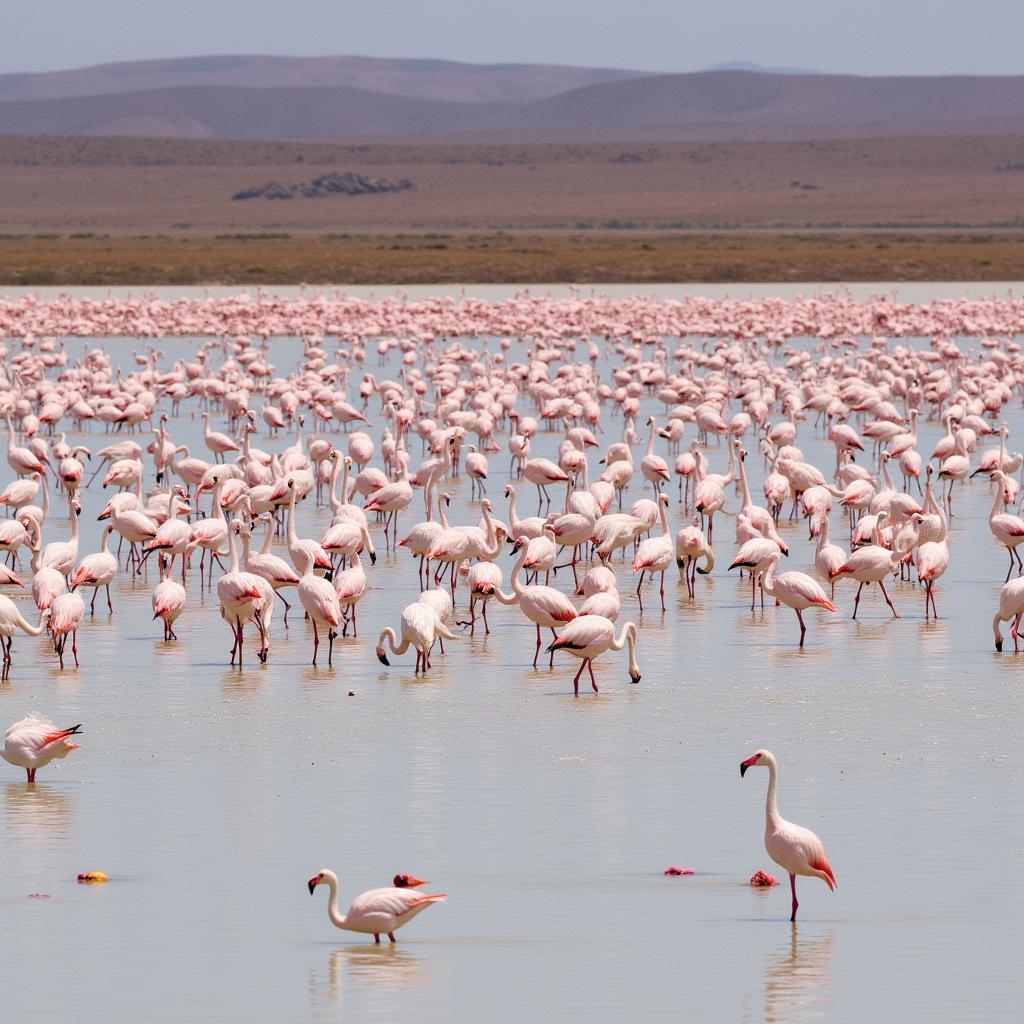Understanding African Cichlid Lower Classifications
African cichlids are a diverse and fascinating group of fish renowned for their vibrant colors, intriguing behaviors, and remarkable evolutionary adaptations. Within the world of cichlids, lower classifications help us navigate their incredible diversity. This deep dive explores the importance of understanding these classifications and what they reveal about these captivating creatures.
Decoding the Complexity: Why Classifications Matter
Imagine walking into a room filled with hundreds of different cichlids. Without a system to organize them, identifying and understanding their unique characteristics would be nearly impossible. That’s where lower classifications come in. They provide a structured framework, much like a family tree, to categorize cichlids based on shared traits, geographical origins, and evolutionary relationships.
Beyond the Surface: Key Levels of Classification
The classification of African cichlids extends beyond the basic categories of genus and species. Here’s a glimpse into the key levels:
- Tribe: A step above genus, tribes group together cichlids with closer evolutionary ties. For example, the tribe Haplochromini encompasses a significant portion of cichlid diversity in Lake Malawi.
- Subgenus: Within a genus, subgenera represent further divisions based on specific morphological or behavioral traits.
- Species Complex: This fascinating aspect of cichlid classification arises from their rapid evolution. Species complexes comprise closely related species that are remarkably similar in appearance but often exhibit distinct behavioral or ecological differences.
Navigating the Maze: Tools and Resources
For enthusiasts and researchers alike, navigating the complexities of African Cichlid Lower Classifications requires reliable resources. These include:
- Scientific Journals: Publications dedicated to ichthyology and cichlid research offer in-depth studies on taxonomy and classification.
- Online Databases: Reputable online databases, often maintained by universities or research institutions, provide updated information on cichlid species and their classification.
- Cichlid Societies and Forums: Enthusiast communities offer a wealth of knowledge and experience, connecting individuals passionate about cichlids.
Unlocking the Secrets: The Importance of Accuracy
Accurate identification and classification are crucial for several reasons:
- Conservation: Understanding the distribution and population status of specific cichlid species is essential for effective conservation efforts.
- Breeding Programs: Accurate identification ensures responsible breeding practices, preventing hybridization and preserving the genetic integrity of distinct cichlid lineages.
- Scientific Research: Precise classifications provide the foundation for studies on cichlid evolution, behavior, and ecology.
Beyond the Aquarium: The Bigger Picture
While captivating in aquariums, understanding the lower classifications of African cichlids extends far beyond a hobbyist’s pursuit. It offers a window into the forces that shape biodiversity, the delicate balance of ecosystems, and the ongoing story of evolution.
In conclusion, delving into the world of African cichlid lower classifications unveils a hidden order within their apparent diversity. By embracing these classifications, we gain a deeper appreciation for the intricate tapestry of life that these remarkable fish represent.

